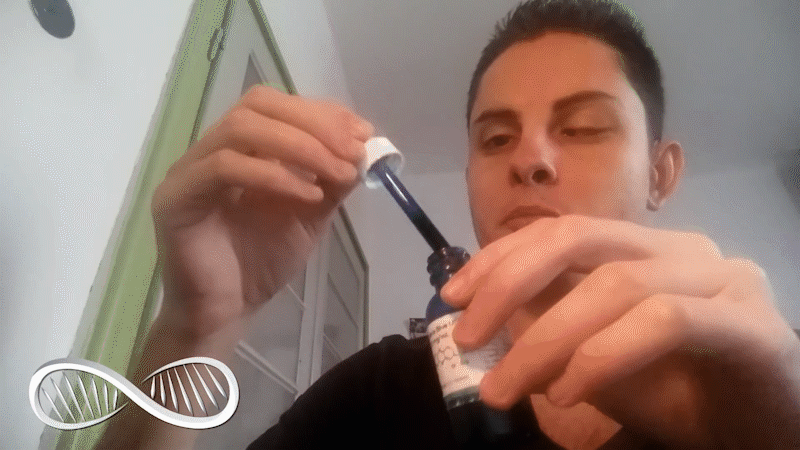I present to the forum two studies on the inactivation of very dangerous viruses by Methylene Blue in the presence of light.
Methylene blue photoinactivation of RNA viruses
https://www.scienced...166354203002596
We present a review of the current status of the use of methylene blue (MB) photoinactivation of viruses starting with the first early observations up to its current use to inactivate HIV-1 in blood products. Basic mechanism of action studies conducted with model bacteriophages indicate that MB-photomediated viral RNA-protein crosslinkage is a primary lesion and that oxygen, specifically singlet oxygen, is very important also. Basic studies on the mechanism of action with HIV are lacking; however, we do show new data illustrating that viral reverse transcriptase inactivation per se cannot account for MB-mediated photoinactivation. We also show data illustrating that MB photomediates the inactivation of West Nile Virus, a flavivirus, which poses a significant new threat to the continental US. MB photoinactivation of viruses show significant promise because the technology not only offers significant potency but the history of safe MB use in human therapy makes it attractive also
Inactivation of SARS coronavirus in human plasma by methylene blue/light method
https://europepmc.or...icle/cba/518857
SARS-CoV was isolated from the serum of SARS patient and reproduced by VeroE6 cell line. After added to the human plasma which contained different concentrations of methylene blue, SARS-CoV was treated with methylene blue/light for different periods of time and then the sample of plasma was taken to inoculate the cell line for assay of the cytopathic effect. About 30 minutes were needed to inactive SARS-CoV (6.5 lgTCID_(50)/ml) in the plasma which was exposed to visible light (40000 lx) in the presence of 1 #mu#mol/L of methylene blue and only 3 minutes were needed to inactive above titer of viruses if the concentration of methylene blue increased to 5 #mu#mol/L.
660nm is the red light that comes out of most commercial red light panels and is the frequency most highly absorbed my methylene blue. The concentrations used to disinfect blood were trivially small and it took only 3 minutes. I'm wondering: why can't we DIY this at home? Just take a minimal amount of Methylene Blue and stand in front of a red light panel for a few minutes. Presumably the 660nm penetrates the skin a little and interacts with blood directly in the blood vessels, so I can't see how this wouldn't work as an anti-viral.
Anecdotally, I've always noticed Methylene Blue helps me recover quickly from colds. Perhaps this technique will supercharge it? Red light panels are not cheap, but Methylene Blue sure is. Thus, I think this treatment technique could probably scale really well in clinics, etc.
Thoughts? Comments?
Edited by abelard lindsay, 04 February 2020 - 05:59 AM.


























































